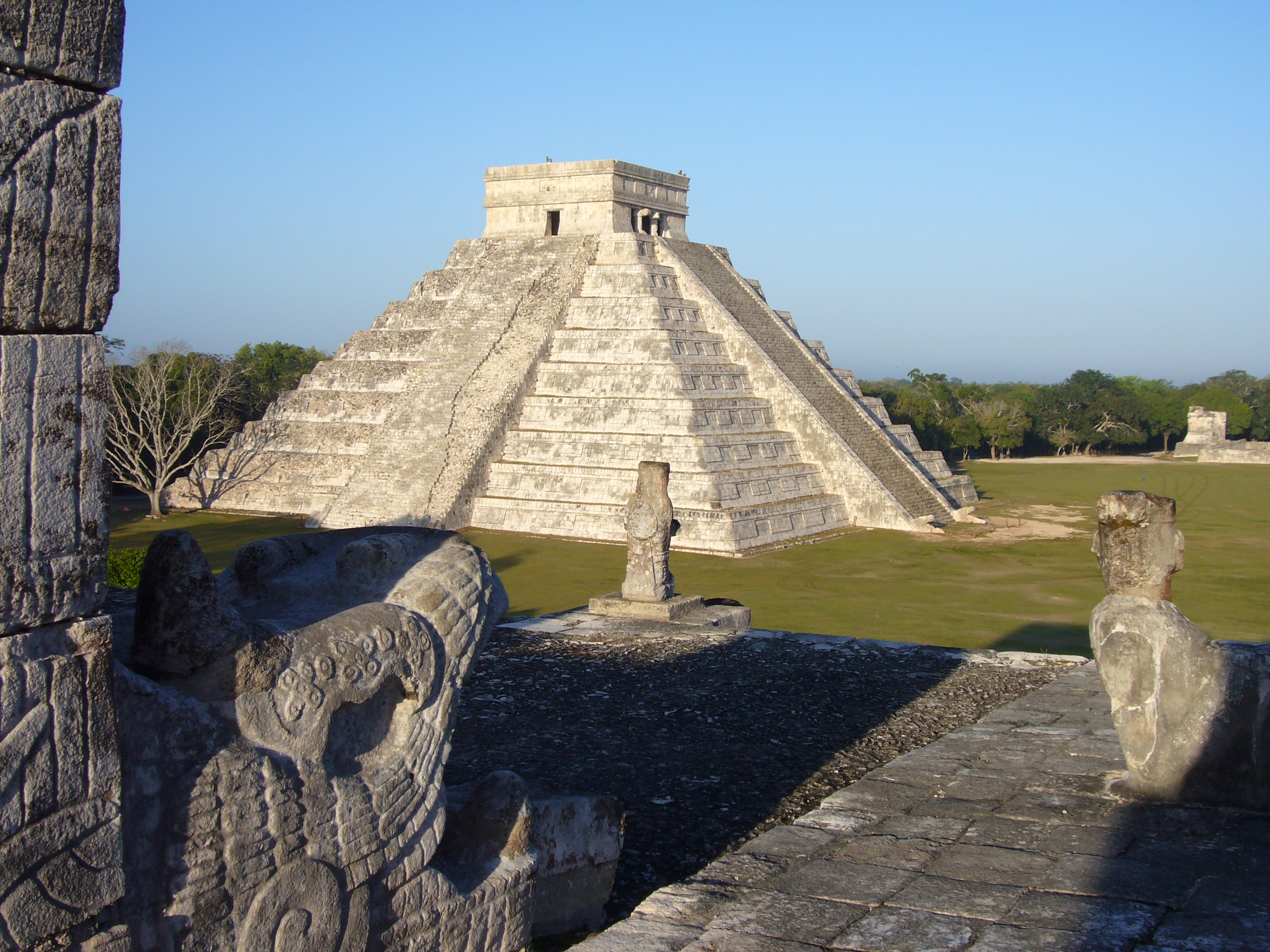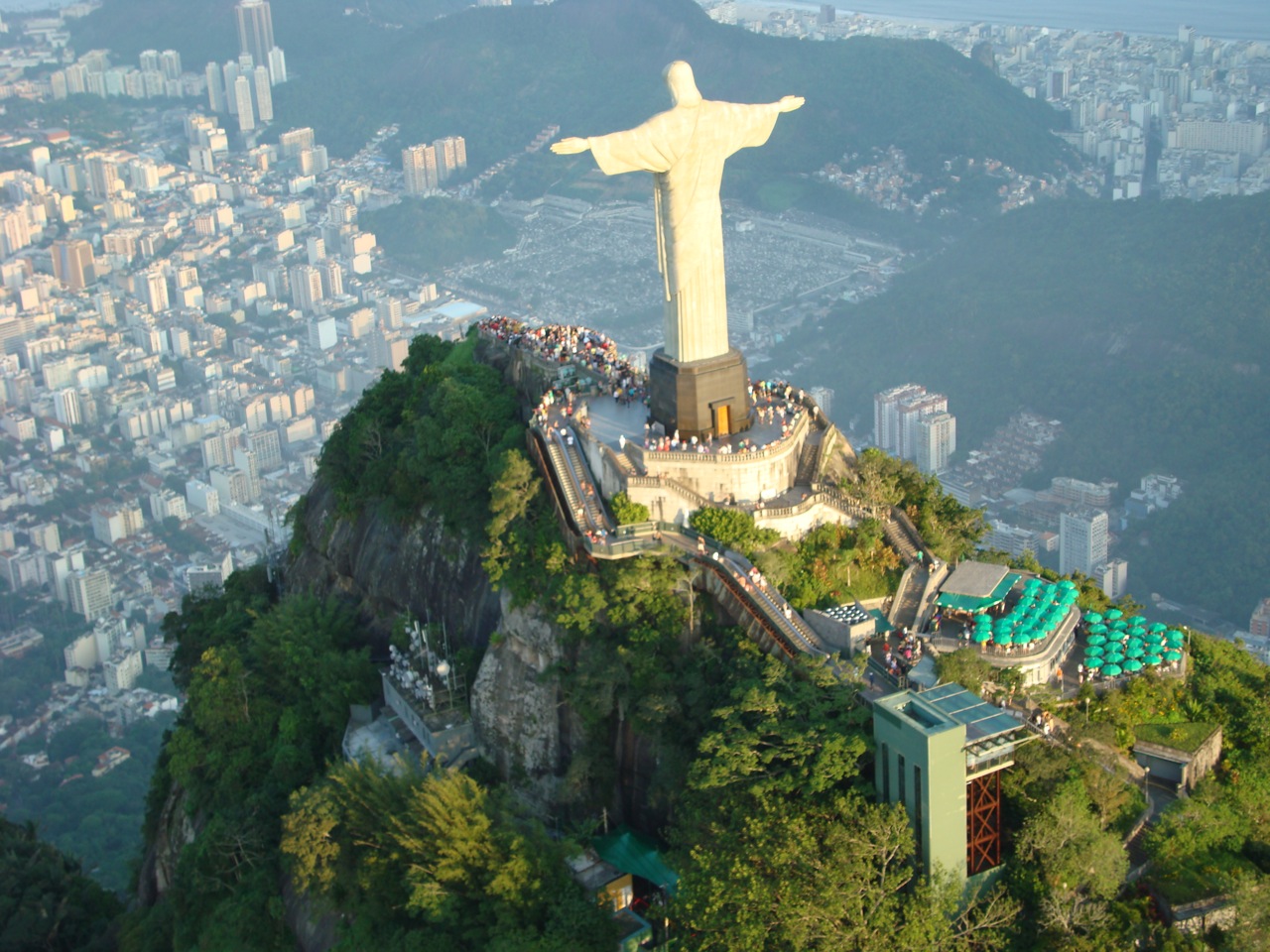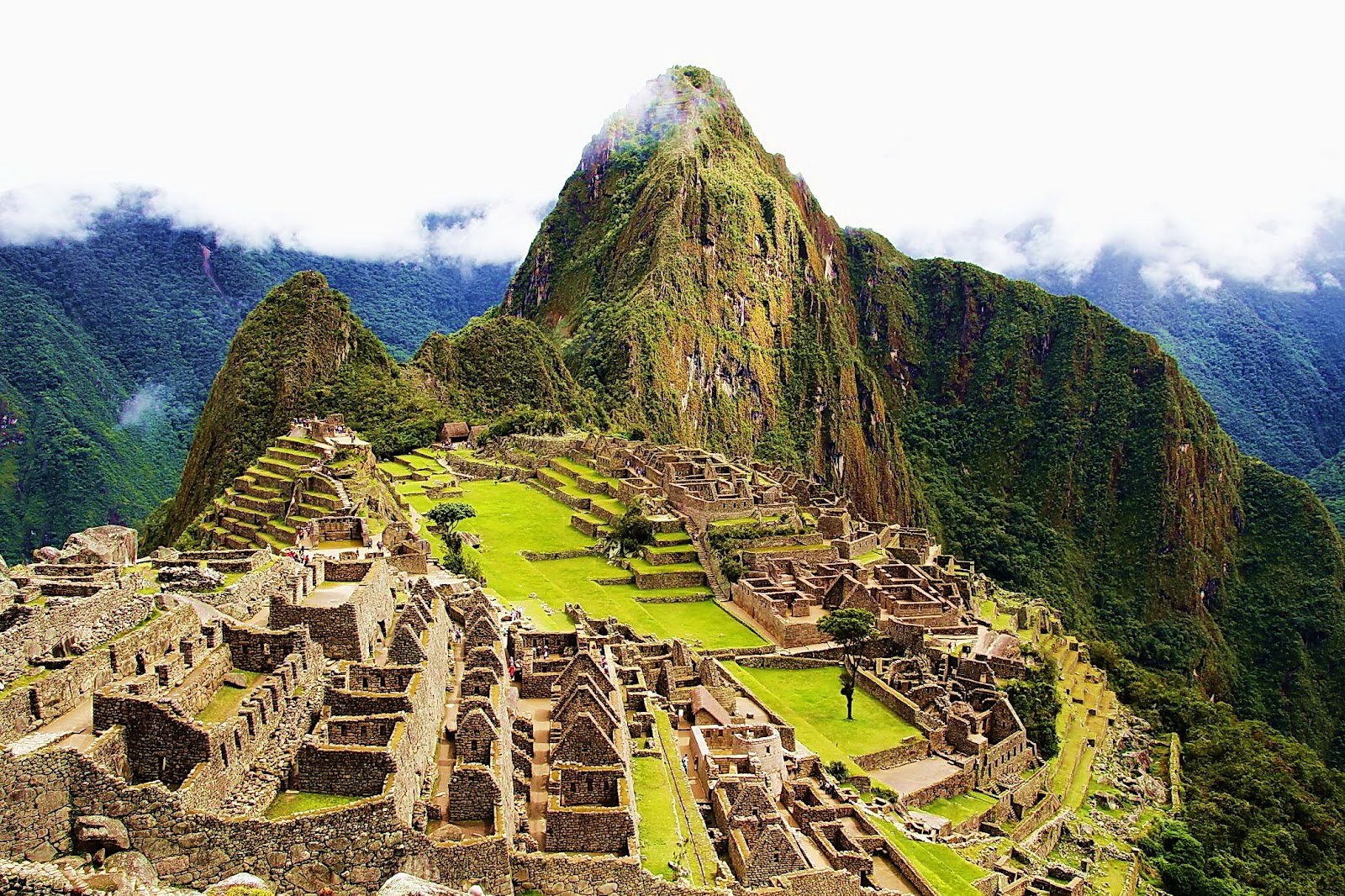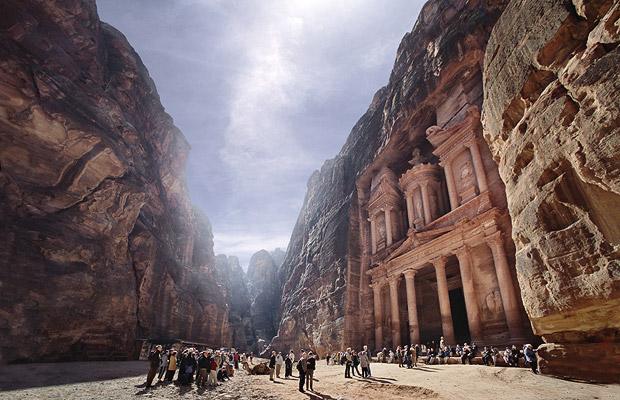Discover the 7 wonders of the modern world
We all know the famous 'seven wonders of the world', but there are also the new seven wonders the world, and these would be:
The Great Wall of China, China
The Great Wall of China (Chinese 中国 长城) is a strategic construction thousands of kilometers long, having a defense role. The wall was built with the aim of defending the borders of the Chinese empire against the attacks of nomadic peoples of northern China. It is a gigantic manmade building considered the largest by volume in the world, with a length of 21196.18 km.
Chichen Itza, Yucatan Peninsula, Mexico
Chichen Itza is a huge pre-Columbian archaeological site built by the Maya civilization located in the central and northern Yucatán Peninsula, Yucatán state, Mexico.
Chichén Itzá was the regional center of northern Maya plains fromthe Late Classic period until the Terminal Classic one and into the early postclassical period. The site has a multitude of architectural styles, from what is called the 'mexicanized' style and with influences and styles seen in central Mexico, to the Puuc style of the northern plains. The presence of central Mexican styles was considered a sign of direct migration of populations from central Mexico or of their conquests, but modern interpretations see the presence of these non-Maya styles more as the result of cultural exchanges. The ruins of Chichen Itza are the property of the Mexican federal government and the site is managed by the Instituto Nacional de Anthropology e Historia (Mexican National Institute of Anthropology and History, INAH). The land under the monuments, however, is privately owned the Barbachano family.

Christ the Redeemer Statue, Rio de Janeiro, Brazil
Cristo Redentor (Christ the Redeemer) is a monument in Rio de Janeiro (Brazil). It is located south of the town on Mount Corcovado (780 m) in the Tijuca Forest. The monument was planned on the anniversary of 100 years of Brazilian independence. The project drawings were drawn by engineer Heitor Silva Costa. For financial reasons, only ten years after that the construction began. With the support of France and the Vatican the project was fulfilled and the statue was sanctified on October 12, 1931. The building has a height of 30 meters with a 38 meters base, the width of arms of 28 meters and a weight of 1145 tons. The base is a chapel where can fit 150 people. The monument is used in various celebrations of the Catholic Church and as a place of pilgrimage. The Bolivian city of Cochabamba built a similar monument that exceeds the Brazilian monument with 8 meters. Currently in Brazil and Portugal multiple copies of the statue can be found.

Machu Picchu, Peru
Machu Picchu is an Inca site from the XVth century, located in the Cusco region. The ruins were rediscovered in 1911 by the archaeologist Hiram Bingham, being some of the most beautiful and enigmatic ancient sites in the world. While certainly Incas used the mountaintop (2761.50 m height), raising hundreds of stone structures from the early 1400s, legends and myths indicate that Machu Picchu (meaning 'Old Peak' in the Quechua language) was revered as a sacred place since the ancient times. Whatever its origins, the Inca turned it into a small but extraordinary city.

The Roman Colosseum, Rome, Italy
The Roman Colosseum is probably the most impressive ruin of the Roman Empire-building. Originally known as the Flavian Amphitheater, the Colosseum was the largest building of its time, used for the gladiator fights, and today is the largest ancient amphitheater that can be visited.

Taj Majal, Agra, India
Taj Mahal is a monument in the city of Agra, India. It was built by Emperor Shah Jahan as a mausoleum for his wife Mumtaz Mahal. The building was constructed between 1630 and 1653. In 1983, the Taj Mahal became a UNESCO World Heritage site and remains to until today among the most visited and famous monuments in the world.

Petra, Jordan
Petra (Greek: πέτρα) is a former ancient city, located in Jordan. It is one of the most famous archaeological sites in the world due to the temples carved directly into the rock, best known as 'the Treasury', in a Greek-style, with a height of 42 m, where the cast and the final Indiana Jones and the Last Crusade were filmed. In ancient times the city was called Rekem and is mentioned even in the Dead Sea Scrolls. It was supposedly built from the late sixth century BC by the Nabateans, a Semitic people, and was their capital until 106 AD, when it became part of the Roman Empire and became the capital of the province Arabia Petrea.















